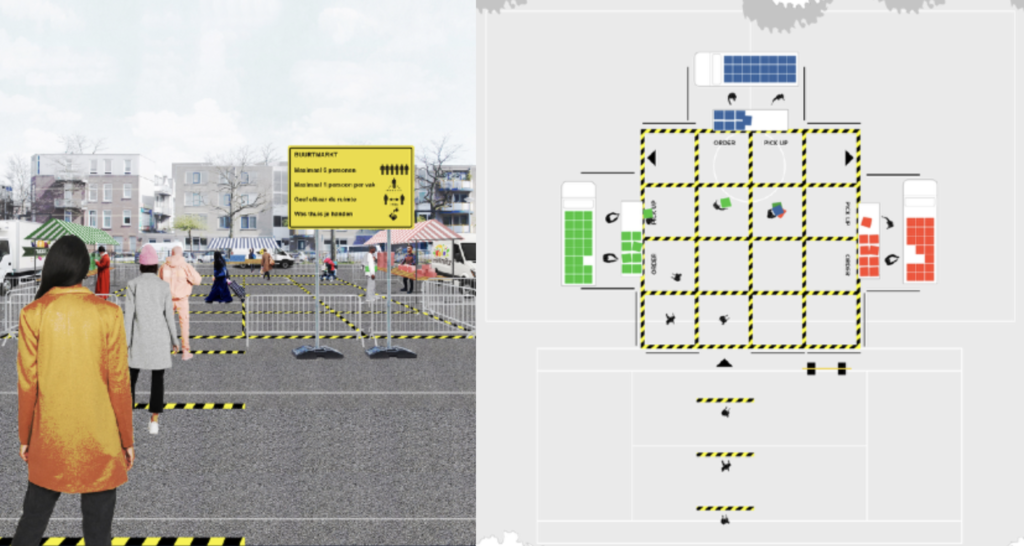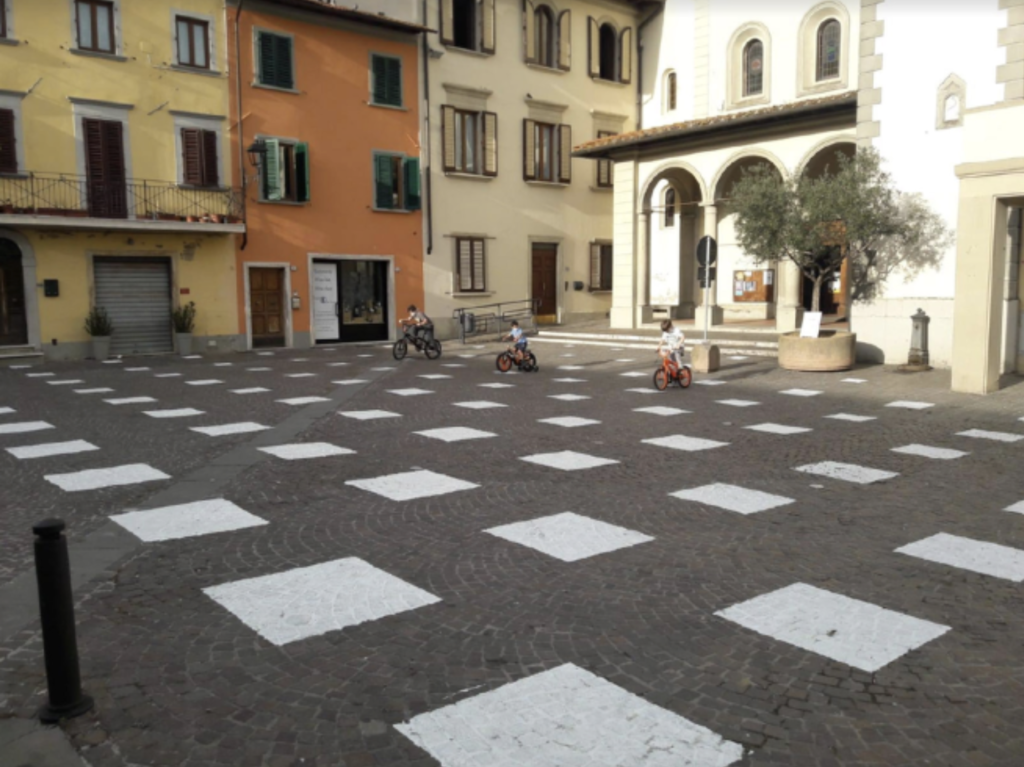We have been living with Covid-19 for almost a year now. Experts say that global forced quarantine didn’t happen at this scale before. As it is difficult to predict all the further changes, transformation of public spaces cannot go unnoticed.
First 6 months of 2020 put a spotlight on a few words. ‘Toilet paper’ and ‘bat soup’ had a few minutes of fame. However, ‘social distancing’ is staying with us for longer.
1,5 meter become a distance between safety and peril.
Social distancing affects the way we use public spaces, experience mass events, enjoy our company out of home. It is a challenge to designers, who started sharing their ideas on the subject. It is a task for multidisciplinary teams of architects, urbanists, environmental designers and wayfinding specialists, who should be supported by psychologists and sociologists because - social distancing is an unnatural behaviour for humans. All of them together you could be called a Designers of Behaviour Change. I would divide the design work on recreating public spaces into a few parts.
The first one seems barely visible, but effectively improves user’s experience.
A good example here is designing a marketplace. Architects / urbanists (which often are the same people) try to find the most effective way of using a space while keeping social distance. The project below was created by Shift Studio based in Barcelona. Their idea is to split up existing food markets and disperse them throughout the neighbourhood.

As you can see on the image above, the yellow board with information looks like a construction signage.
This is where environmental designers enter. Their work is to show the information in a functional and good looking way. The first phase of the pandemic certainly required a ‘viligant’ look, which communicates danger. The combination of yellow and black is dedicated to alert messages. However, it won’t be effective for a long period time. The emotional charge of the design is too intense, which means in perspective: easy to ignore. Here, esthetics play the main role. While also allowing to keep citizens’ attention to pandemic issues.
Last but not least, the art can be a great tool to make social distancing more common.
Take a look at the Italian installation below, created by Caret Studio. It is a visual representation of social distancing, which increases the awareness of the safe distance.

photo credits: designboom